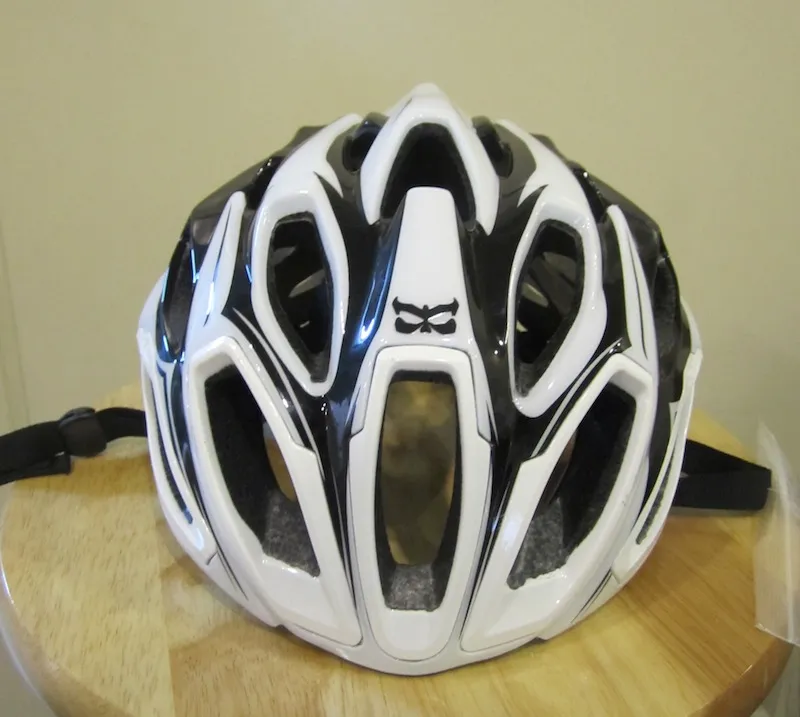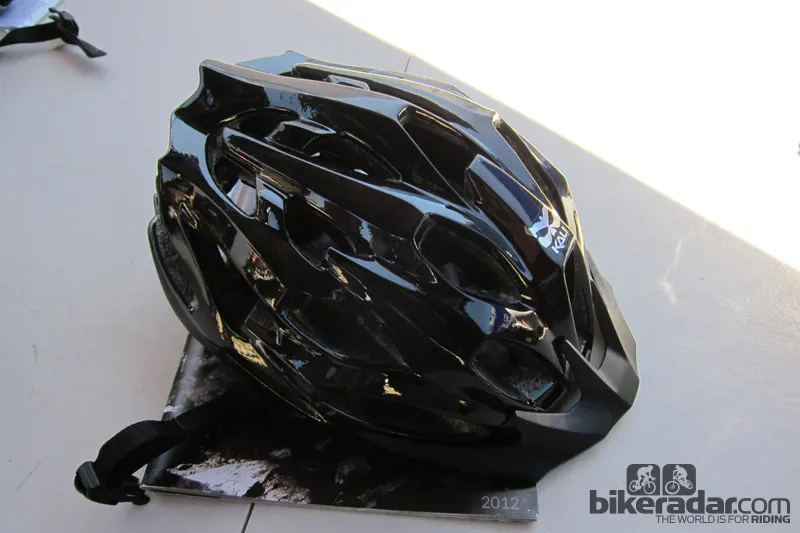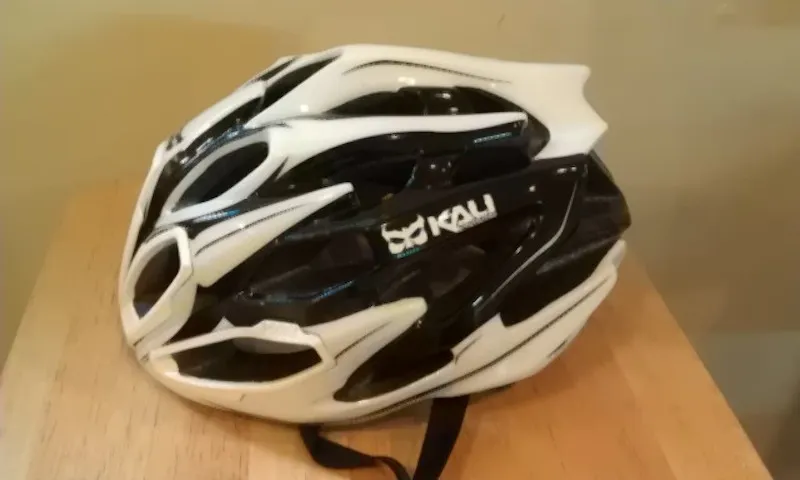Kali Protectives’ new Phenom road helmet and Maraka cross-country lid incorporate the brand's Composite Fusion Plus and SuperVent technologies. Both also promise to be superlight and adhere to Kali’s protection philosophies.
Kali philosophy: softer foam is better
Protection philosophies, you ask? Yes – Kali believe strongly in energy absorption and dissipation. They also believe that many helmets are built with an EPS liner that’s too dense. Though they pass safety standards, Kali reckon these lids pass too much energy to a rider’s head in a crash. “It’s hard to get people to go on the record of saying stuff like that,” said Mike Wilson, Kali co-founder and marketing director. “But yeah, we’ll go on the record with that.”
“Composite Fusion Plus puts softer foam next to your head, which is always a good thing,” Wilson went on. “Our [SuperVent] venting takes what everyone does but allows us to have bigger vents. What other companies do to have a big vent is to use harder EPS [expanded polystyrene] next to that area. When it comes to the ‘safety anvil’ test, the harder density will pass but it also means that if you hit there it will transmit more to your head.”
Generally speaking, most cycling helmets use foam at about 100g per cubic liter, according to Wilson. Infant bike helmets, the softest and arguably the safest lids on the market, use really soft foam – roughly 35-40g/L. Kali strive to achieve an average of 75-80g/L for their helmets, which Wilson claims is roughly 20-25 percent softer (and lighter) than the industry average.
The SuperVent idea refers to a new design Kali have employed with their new open-faced helmets. The concept incorporates a strong plastic reinforcement around the inner edge of the vent. “We almost called it ‘super cage’,” said Wilson. “It’s really a very strong plastic reinforcement of the vent, just around its edge.”

The SuperVent design strengthens the massive vents on the Phenom
Design breakthroughs
Off-road, Kali have developed numerous technologies to better dissipate impact energy. The first was Composite Fusion, which is simply described as co-molding the EPS protective foam with the outer shell of a helmet, be it carbon fiber or fiberglass. While the practice is common in high-end cycling helmets, it isn’t for full-face downhill lids.
The technology allows Kali to offer lighter helmets without sacrificing protection, they say. “We say ‘Composite Fusion’, which is in-molding, but what makes it different for Kali is that our full-face helmets say Composite Fusion on them,” said Wilson. “That’s because they are truly in-molded. Nobody else can do it. No one has figured out how to do it yet, I should say.”
Kali broke new ground with the introduction of Composite Fusion Plus, a third-party technology known as cone-head. This incorporates pyramids of lower density EPS within the standard foam liner, and is also what’s next to your head. When impacted, the pyramids crush first, directing the energy laterally into the liner rather than you. Kali claim the technology results in lower overall G forces when compared to a standard, single-density EPS liner.
Kali gave BikeRadar a first look at the Maraka ($229) at the Sea Otter Classic. They're planning to launch the Phenom at Bike Press Camp, Utah, in a couple of weeks, so expect further details then. The Maraka should be available for the 2012 holiday season, while the Phenom is slated for an early 2013 on-sale date.

